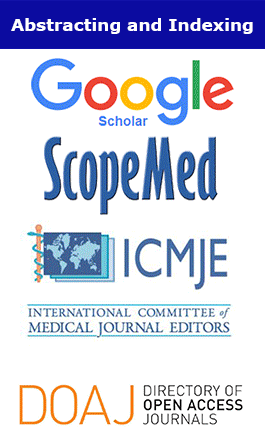Applied Medical Research. 2021;
8(2):(118-161)
Characteristics of End-Stage Kidney Disease in a Cohort of Indigenous and Non-Indigenous Adults in Northwestern Ontario, Canada
Victoria Domonkos, William G. McCready and Marina Ulanova*
Abstract
Background: In Canada, the prevalence of chronic kidney disease is two-fold higher among Indigenous
than non-Indigenous people. Direct comparisons of clinical characteristics between Indigenous and non-
Indigenous end-stage kidney disease (ESKD) patients have not been previously conducted. We compared
demographic and clinical characteristics of Indigenous and non-Indigenous adults with ESKD receiving
dialysis at the primary hospital serving a region with 20% Indigenous population.
Methods: During 4 years, 186 adults with ESKD were recruited for a clinical trial to analyze the response
to pneumococcal immunization. Demographic and clinical data, including age, sex, residency, dialysis
characteristics, etiology for chronic kidney disease, comorbidities, history of infections and prior
pneumococcal immunization were compared between 91 Indigenous and 94 non-Indigenous individuals.
Results: Indigenous participants were significantly younger than non-Indigenous, both at the time of the
study and initiation of dialysis; they had a longer history of dialysis and lower vaccination rates with the
recommended pneumococcal vaccine. The most prevalent cause of the disease was diabetes, with a higher
prevalence of type 2 diabetes among Indigenous than non-Indigenous. Glomerulonephritis was also more
common among Indigenous participants due to a higher prevalence of IgA nephropathy. Renal vascular,
chronic heart, joint diseases, and malignancies were more common among non-Indigenous participants.
Conclusions: Indigenous individuals were greatly overrepresented among adults with ESKD receiving
dialysis, with a younger age of disease onset and a more severe disease course. Despite a recognized risk
of pneumococcal disease, adults with ESKD were under-immunized with the recommended pneumococcal
vaccine, with the lowest immunization rates among Indigenous individuals.



